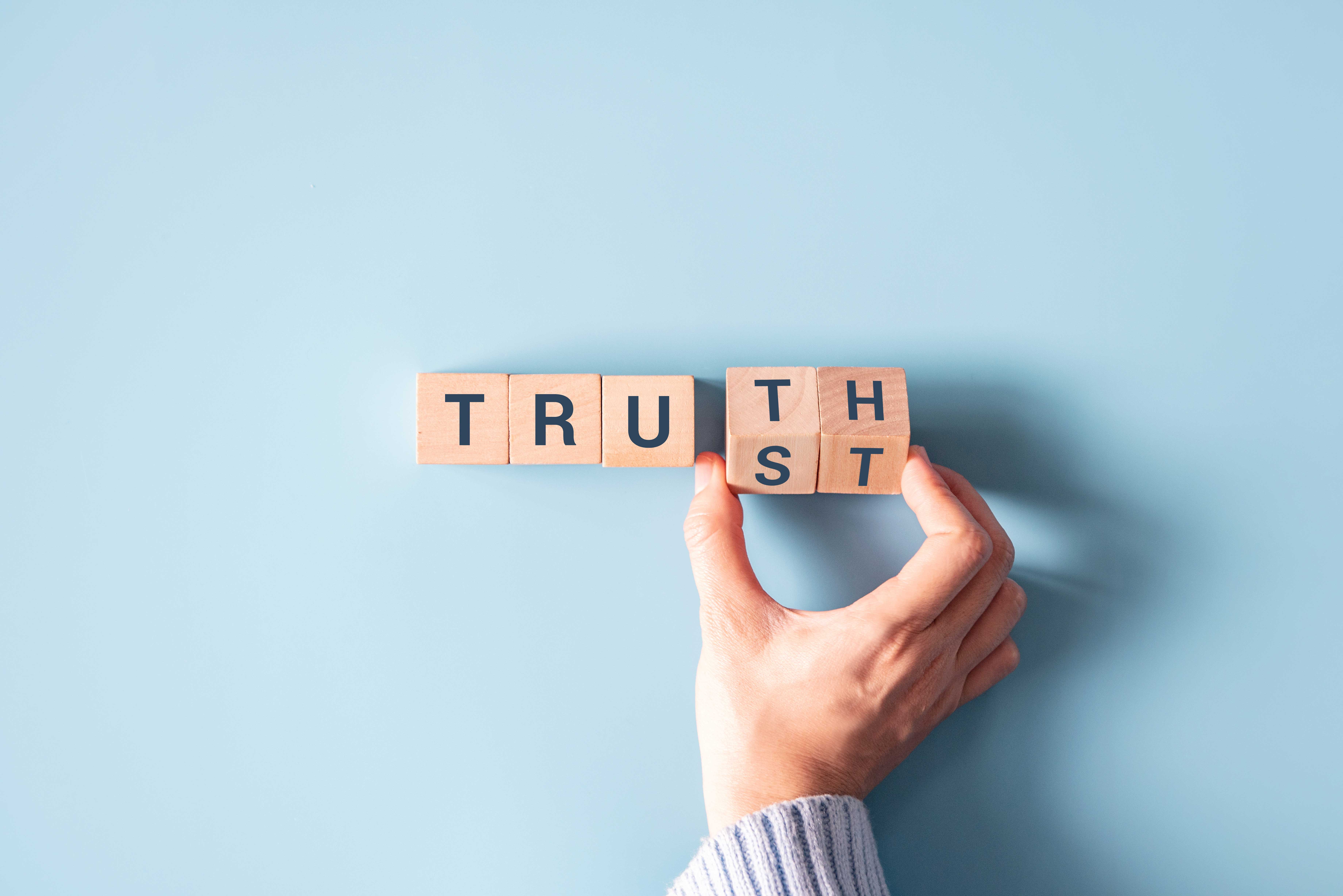Once upon a time, reaching your intended audiences via earned media coverage was fairly straightforward. It was simply about picking the right news outlet for your target demographic and deciding between print and broadcast media. Of course, there were no guarantees that your pitch would be covered, but the plan of action was a bit more clear-cut.
Today’s media landscape is more challenging and intimidating to navigate. It’s no longer as “simple” as pitching major national and international media outlets that align with your target audiences. Social influencers, streaming video, podcasts, and new media have made picking the right platform and form of media a serious challenge.
While those options are more vast than ever before, they still fall into three overarching categories that have existed for decades: Earned, owned, and paid media. Let’s talk about how you can create the perfect blend of earned, owned, and paid media programs for your brand across traditional, social, and streaming channels. One thing’s for sure: You’ll need an expert strategic partner to optimize and execute the best possible media strategy for your brand.
Always Start With the Story
Most brands begin their media strategy journey with a few high-profile targets in mind: “We want to be on the front page of the New York Times” is a common objective we hear in initial media strategy meetings with our clients. And there’s nothing wrong with that.
However, putting your brand in (positive) headlines in the most prominent publications around the world begins with a few fundamental questions, an often difficult reality check, and an organization-wide willingness to contribute to the effort.
What does your brand seek to accomplish with high-profile media coverage? Is your brand story really a New York Times story? What makes your brand story truly unique, compelling, and coverage-worthy at that level? Are your leaders and other important people at your company available for extensive story-building and media interviews?
The answers to these questions will create the building blocks of your overall media strategy. The massive readership of a mainstream media outlet may not be the best target if your goal is to drive sales of a niche product or service, expand brand awareness into a new audience demographic, recruit talent in a specific location, or highlight innovations to a niche or industry-specific audience. It’s perfectly OK if your brand story isn’t truly Times-worthy in its current form; an expert media strategy partner can help you develop storylines and angles that will help you crack that code.
However, a partner can’t do it alone: They’ll need to interview people throughout your organization to make those storylines as compelling as they can be, and your team will need to be open to additional media targets and creative decisions that can meet your objectives. A world of opportunities to build your brand exists across earned, owned, and paid media.
The New World of Earned, Owned, and Paid Media
Picking a media target before developing a compelling brand story isn’t the only misstep brands often make. In today’s world, they often decide “we need a TikTok,” or “we should partner with a popular social influencer” before developing an overarching strategy for those efforts.
After all, there are a lot of new and exciting media opportunities available today, and each one of them caters to a distinct audience segment. However, instead of focusing on specific platforms, it’s better to devise a media strategy across three major “buckets” and decide which platforms can play the best role in that strategy.
Those three buckets are the same as they’ve always been: Earned, owned, and paid media. You just have a ton of new weapons at your disposal for each bucket.
We’ve put together an in-depth explainer of earned, owned, and paid media here, but here’s a quick overview:
Earned media is the realm of press releases and pitching, where journalists or influencers on social media highlight your brand or products due to their newsworthiness. Owned media gives you complete control over the message, as it’s content a brand creates and publishes on its own website or social channels. Paid media is also known as “advertorial,” as it involves paid placement of brand-specific content on a third-party property, such as branded content and product placements.
Earned, owned, and paid media opportunities exist within “new media” platforms such as social networks and streaming video platforms. The best choice for your brand will depend on the audiences you want to reach and the goals you want to accomplish.
Your Mission: Find the Best Story-Platform Fits
At the risk of oversimplifying a complex and highly strategic process, an effective media program is a precise combination of (1) compelling brand stories, (2) told to the right audiences in the ways they enjoy the most, (3) across earned, owned, and paid channels.
Of course, it’s a lot more complicated than that. What you just read is the equivalent of boiling NFL strategy down to (1) score more than the other team, (2) keep the other team from scoring, and (3) make sure to wear a helmet. Executing the ideal media strategy requires an expert media relations partner, because the day-to-day effort is more than a full-time job.
Even if you have a masterful grasp of the media landscape right now, that landscape may change dramatically in the months and years to come. The world of media is evolving in real time, but here are the best practices for each of the major media categories across earned, owned, and paid programs.
Social Media: It seems quaint to lump all of today’s most popular social apps and platforms under a single “social media” umbrella. Each platform – from TikTok to Facebook to Instagram to X/Twitter to Threads to LinkedIn – has distinct user demographics, content formats, visual and written “languages,” and best practices. Social media has become a leading driver of e-commerce transactions and an increasingly trusted news outlet for Americans under 30. A strong owned media strategy on social is essential, as your brand’s social channels are the leading method of real-time interaction with audiences. A successful earned strategy on social means reposting and amplifying the reach of positive news coverage. Both of those programs can be elevated with paid efforts, such as paid promotion and social ads, to drive sales and make the most of your social media impact.
Video Platforms: YouTube is the app Gen Z uses the most, and they’re not alone: With more than 2.5 billion users around the world, YouTube is the rare platform that has massive reach across all age groups. According to research from HubSpot, consumers are increasingly watching videos to learn about new products. If your brand is in the business of selling physical products, an owned media strategy for video is a must. If you can bolster that owned-media YouTube presence with earned media reviews on prominent influencers’ YouTube channels, as well as paid placements on video channels with a large number of subscribers, your brand awareness is likely to thrive.
Podcasts: There are an estimated 140 million podcast listeners in the U.S., and that number is growing every year. 38% of Americans have listened to a podcast within the last month, and 26% have listened to a podcast in the past week. So, what constitutes a successful podcast strategy? Podcasts likely aren’t the best fit for product demos or product announcements, as they aren’t a visual medium. On the earned media side, podcast interviews can be a great fit for executive interviews and brand partnerships you’d like to highlight. An owned podcast can be a great vehicle for internal and external communications, such as a weekly or monthly podcast about your company’s latest news and initiatives for your employees. Paid placements or sponsorships on podcasts relevant to your audience are increasingly frequent and occasionally memorable. (Who can forget MailChimp’s ads on the incredibly popular Serial podcast?)
Traditional Print and Online Media: Traditional media certainly isn’t dead; it’s just part of a more complex media mix these days. Brand coverage in online, print, and broadcast outlets is still incredibly valuable for your brand reputation and awareness. It’s all about expert validation: A feature story about your company in the New York Times or a positive review of your product by CNET are endorsements by third-party experts that are trusted by large audiences and span several demographics. It requires an incredible amount of work and expertise to execute a successful traditional media strategy: You’re best served by a seasoned PR agency or media-relations team that has built strong relationships with reporters, knows how to write compelling press releases, and understands how to pitch every reporter and outlet differently.
Let’s Put Your Brand in Headlines (and Social Feeds)
Airfoil is an expert partner that can turn the multitude of media options at your disposal into huge growth opportunities, not sources of confusion. Let’s create the perfect media strategy for your brand – one that represents the ideal blend of earned, owned, and paid media across traditional and emerging platforms. For more than 20 years, we’ve made it happen for brands across the world, and we want you to be our next success story. Reach out today.





